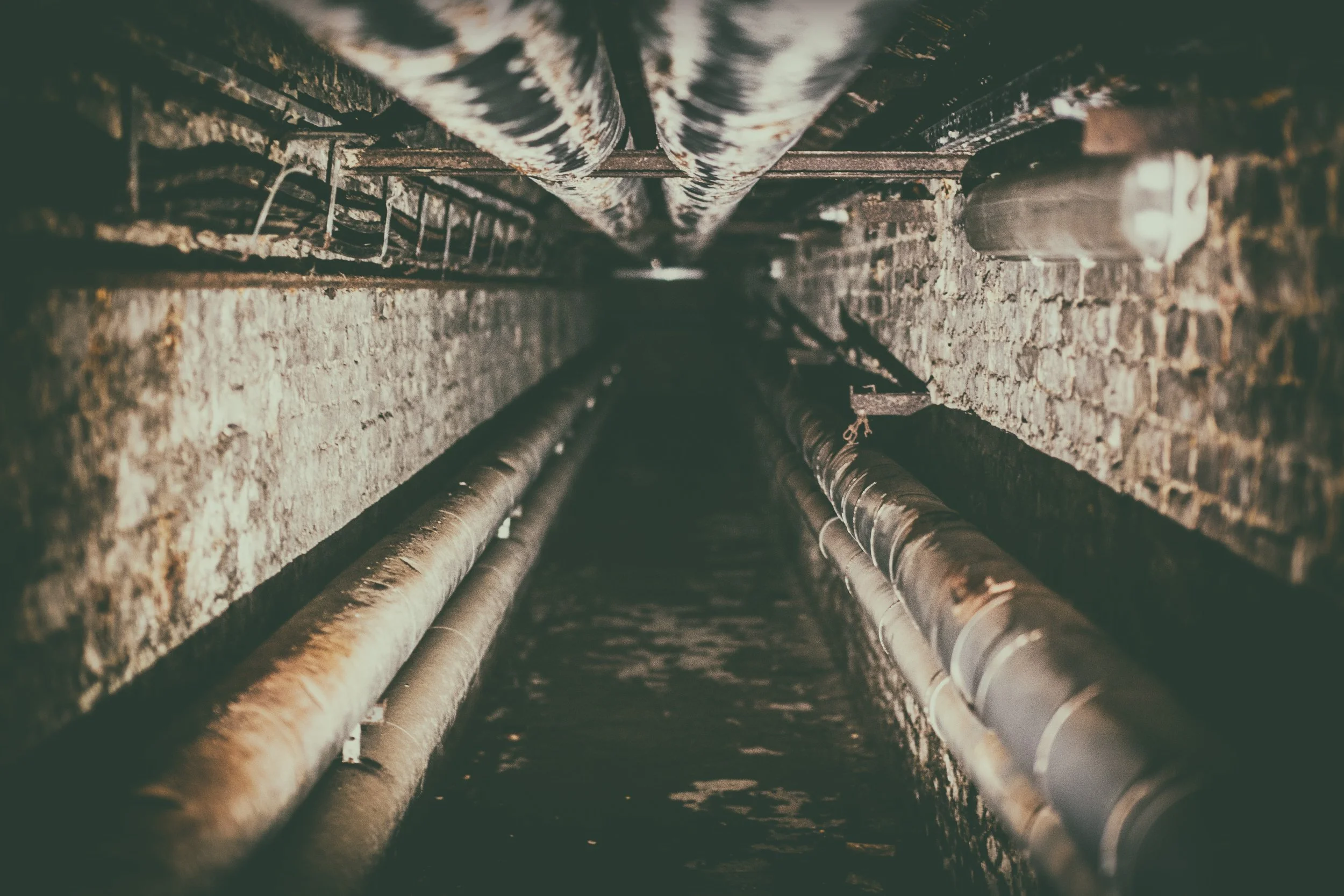Underground utility structures are an essential part of any construction project, as they provide the necessary infrastructure for water, sewage, gas, and other essential services. Installing these structures requires careful planning and execution to ensure that they are properly installed and will function correctly for the life of the project.
In this blog post, we will take a deep dive into the process of installing underground utility structures using concrete. We will cover everything from site preparation and design to construction and testing, as well as some of the key considerations and challenges involved.
Site Preparation and Design
The first step in the process of installing underground utility structures using concrete is site preparation and design. This involves evaluating the site to determine the best location for the utilities and designing the structures to meet the specific needs of the project.
There are several factors to consider when preparing the site and designing the structures, including the type of utilities being installed, the location of existing structures, and the soil conditions at the site. It is essential to work with a qualified engineer or designer to ensure that the structures are properly designed and located.
Excavation and Trenching
Once the site has been prepared and the designs are complete, the next step is excavation and trenching. This involves digging a trench to the required depth to accommodate the utility structures.
Excavation and trenching can be done using a variety of methods, including hand digging, machine digging, and hydrovac excavation. The best method will depend on the specific site conditions and the type of utility structures being installed.
Forming and Reinforcing
After the trench has been dug, the next step is to install the forms and reinforcing for the concrete structures. The forms are used to shape the wet concrete as it hardens, and the reinforcing is used to add strength and support to the structure.
There are several types of forms and reinforcing materials to choose from, including wood, metal, and plastic. It is important to choose the right materials for the job to ensure that the structures are strong and durable.
Pouring and Finishing
Once the forms and reinforcing are in place, the next step is to pour and finish the concrete. This involves mixing and delivering the concrete to the site and then placing it in the forms.
After the concrete has been poured, it is important to properly finish it to ensure a smooth and even surface. This can be done using a variety of tools and techniques, including screeding, troweling, and floating.
Testing and Inspection
After the concrete has been poured and finished, the next step is to test and inspect the structures to ensure that they are properly installed and functioning correctly. This may involve pressure testing the structures, conducting visual inspections, or both.
It is essential to thoroughly test and inspect the structures to ensure that they are safe and reliable. Any problems or defects should be addressed immediately to prevent future issues.
Challenges and Considerations
Installing underground utility structures using concrete is not without its challenges and considerations. Some of the key challenges and considerations to be aware of include:
Site conditions
The site conditions can have a significant impact on the installation process. Soil type, groundwater levels, and other factors can all affect the construction process and the performance of the structures.
Utility location
Careful planning is essential to ensure that the utilities are located in the right place and at the correct depth. It is essential to work with a qualified engineer or designer to ensure that the structures are properly located.
Weather
Weather can also be a significant challenge when installing underground utility structures. Wet or muddy conditions can make excavation and trenching more difficult, and extreme heat or cold can affect the curing process of the concrete.
Traffic and access
Another consideration is traffic and access to the site. It is important to ensure that the site is easily accessible for the equipment and materials needed for the project, and to plan for any necessary traffic control measures.
Permits and regulations
Finally, it is important to be aware of any necessary permits and regulations for the project. This may include obtaining permits for excavation, working with utilities, and meeting local building codes and regulations.
Conclusion
Installing underground utility structures using concrete is an essential part of any construction project. The process involves site preparation and design, excavation and trenching, forming and reinforcing, pouring and finishing, and testing and inspection. There are several challenges and considerations to be aware of, including site conditions, utility location, weather, traffic and access, and permits and regulations. By following the proper steps and addressing any challenges and considerations, you can ensure that your underground utility structures are properly installed and function correctly for the life of the project.




